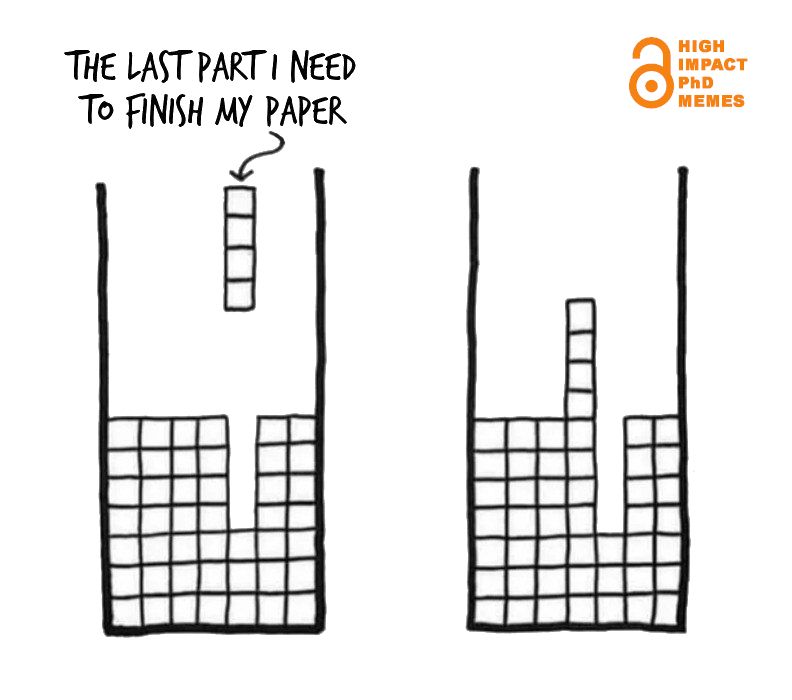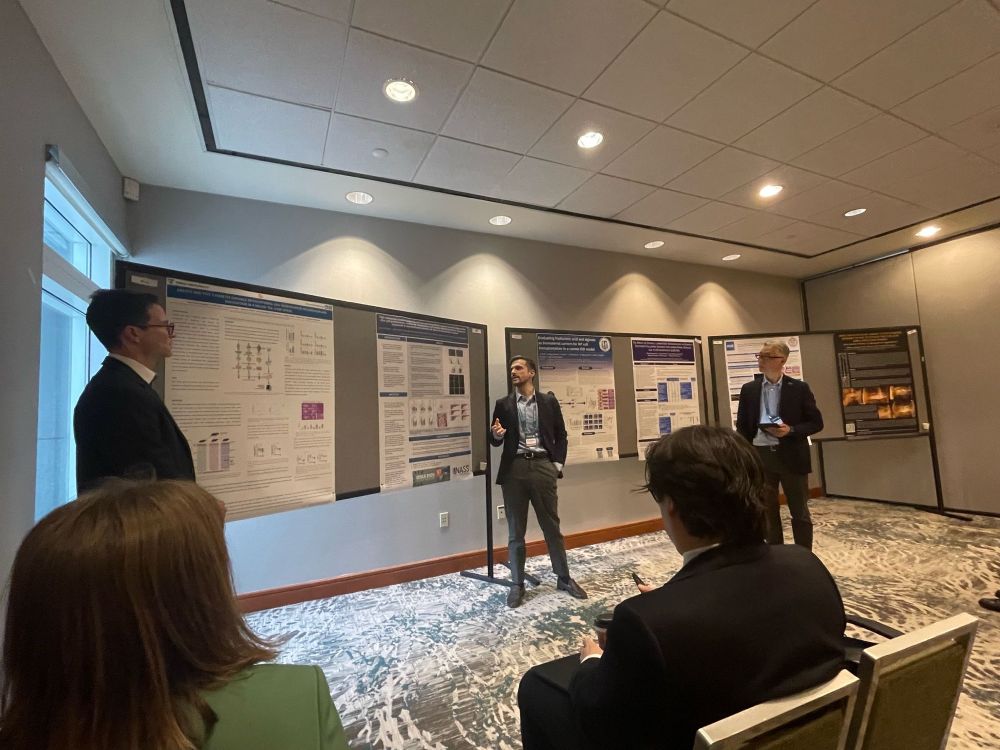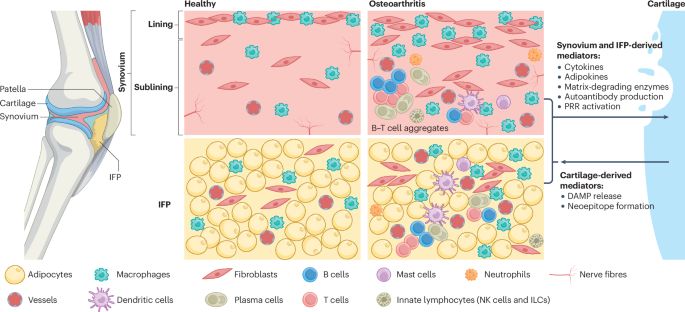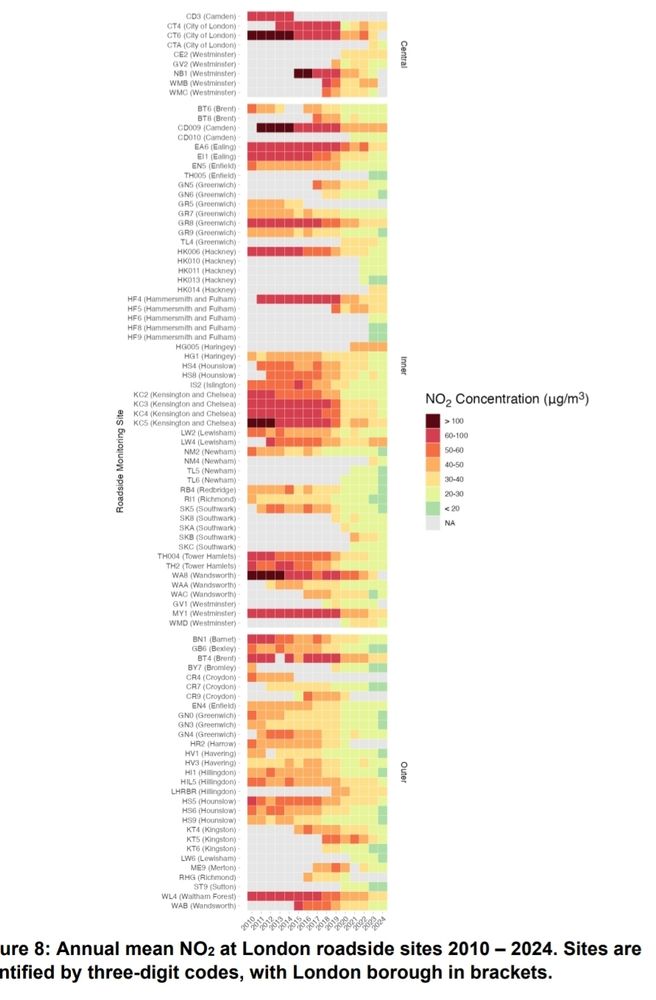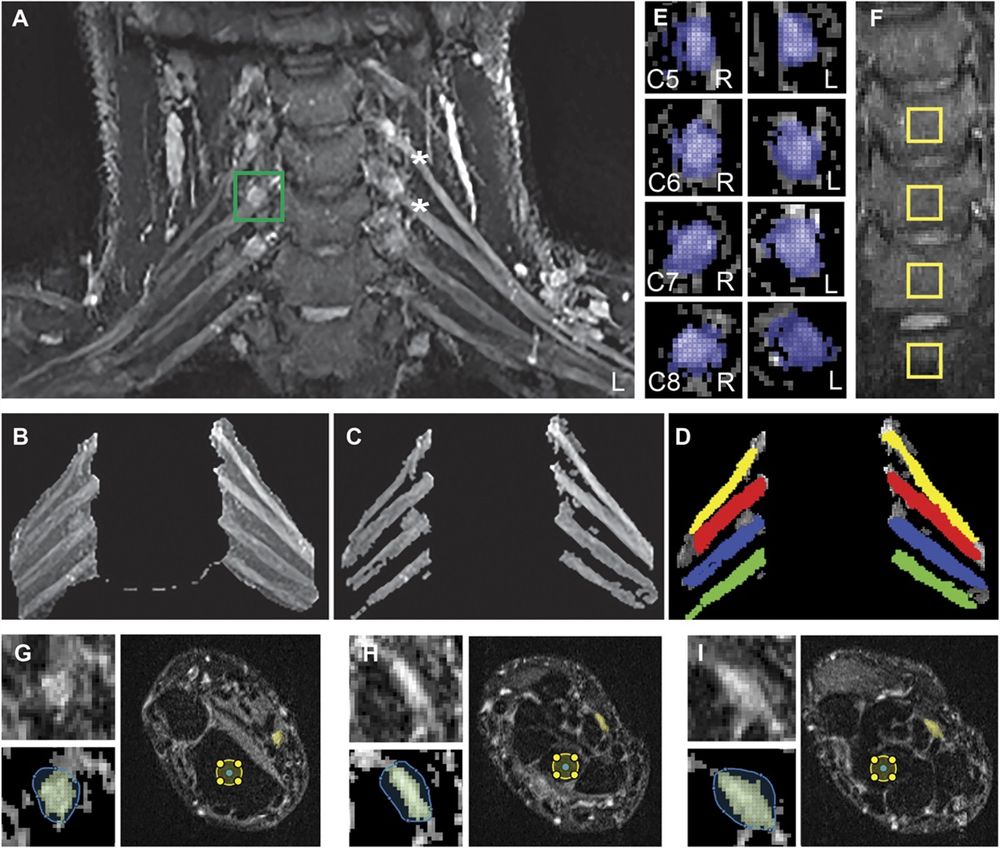Terence McSweeney
@termcs.bsky.social
52 followers
94 following
16 posts
Doctoral researcher: AI, medical imaging, radiomics, spine and low back pain
MOst Osteopathy, MSc Pain Management, Ireland-USA Fulbright 2024
Also cycling, running, and a bit of jiu jitsu.
Living in Oulu, Finland 🇫🇮
Posts
Media
Videos
Starter Packs
Reposted by Terence McSweeney
Tim Verstynen
@tdverstynen.bsky.social
· Aug 15

(PDF) The Exit Manual: How to Leave the Free Energy Cult and Still Get Tenure
PDF | This manual is not a plea. It is a jailbreak from a cult—the Free Energy Principle, a theoretical metastasis that began in computational... | Find, read and cite all the research you need on Res...
www.researchgate.net
Reposted by Terence McSweeney
Reposted by Terence McSweeney
Reposted by Terence McSweeney
Reposted by Terence McSweeney
Reposted by Terence McSweeney
Reposted by Terence McSweeney
Reposted by Terence McSweeney
Dr Abeba Birhane
@abeba.bsky.social
· Apr 14
Terence McSweeney
@termcs.bsky.social
· Apr 10

Translational genomics of osteoarthritis in 1,962,069 individuals - Nature
A genome-wide association study meta-analysis combined with multiomics data of osteoarthritis identifies 700 effector genes as well as biological processes with a convergent involvement of multiple ef...
www.nature.com
Reposted by Terence McSweeney
Terence McSweeney
@termcs.bsky.social
· Mar 14
Reposted by Terence McSweeney
Reposted by Terence McSweeney
vph-i.bsky.social
@vph-i.bsky.social
· Mar 12
Terence McSweeney
@termcs.bsky.social
· Mar 5
Terence McSweeney
@termcs.bsky.social
· Feb 24




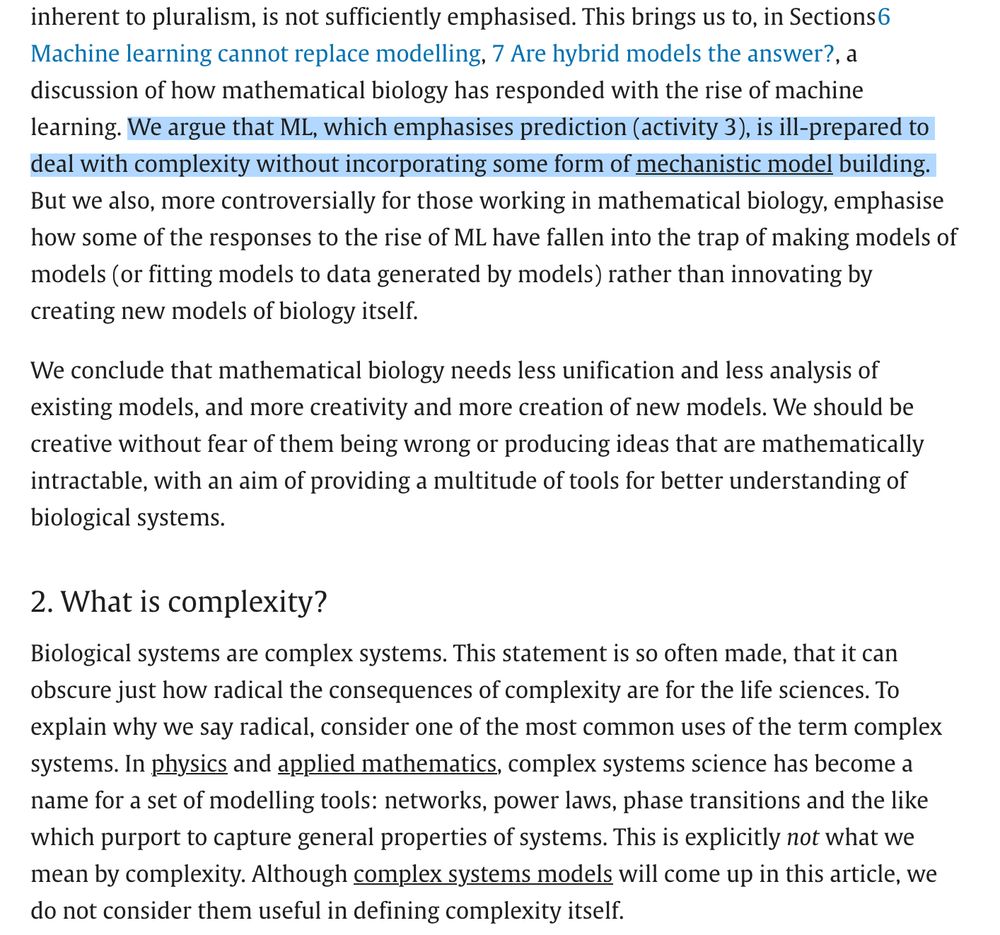
![Instead, the radical definition of complex systems comes from, what is known as, critical complexity. Work by Paul Cilliers and Alicia Juarrero warned against aggrandising models (even supposedly complex systems models) [3], [4]. They emphasise the need to embrace the ambiguous, messy, fluid, non-determinable, contextual, and historical nature of complex systems. They describe complex phenomena as unfinalizible and inexhaustible, which means that we can never capture any given biological system entirety with models [5]. Fig. 1, adapted from Di Paolo et al. (2018), captures the interdependence, fluidly and interactivity of agents and environments in a complex system [2]. Complex systems are open-ended, which means there is no uncontested way of telling whether what we have included in a model is crucial or what we have omitted as irrelevant is indeed so. Models can, according to the critical complexity approach, be contradictory: we can accept two incompatible predictions as both describing the same system.](https://cdn.bsky.app/img/feed_thumbnail/plain/did:plc:26hkfmtr7jrchexamh7hk6rz/bafkreidbtcuxfz7vv53zk3c37lti4el26hankzdt72dlwwiuphmcjjw6ai@jpeg)
![This approach views a model as a snapshot of a system and no single snapshot tells the whole story. For modelling the human body, for example, “a portrait of a person, a store mannequin, and a pig can all be models” [6]. None is a perfect representation, but each can be the best model for a human, depending on whether one wants to remember an old friend, to buy clothes, or to study anatomy. The critical complexity view suggests that theoreticians should avoid specialising in any one modelling approach and try to find the right set of models to understand a particular system in a given context.
There can, of course, be more than one definition of complex systems. Indeed, Cilliers and Juarrero’s approach to complexity encourages a plurality of definitions (after all, there is no single view of a system). We would, though, emphasise that it is the radical definition of complexity – in which systems always resist a complete description, are open and unfinalizable – which is least well understood by mathematical biologists today. It is therefore important to investigate how complexity should be approached in the study of biological systems.](https://cdn.bsky.app/img/feed_thumbnail/plain/did:plc:26hkfmtr7jrchexamh7hk6rz/bafkreicszmjxfslncbz4br2p7rrkcpyqkq6ayjtveaxcbgswc4hneicscu@jpeg)
